Hiking
This Location:
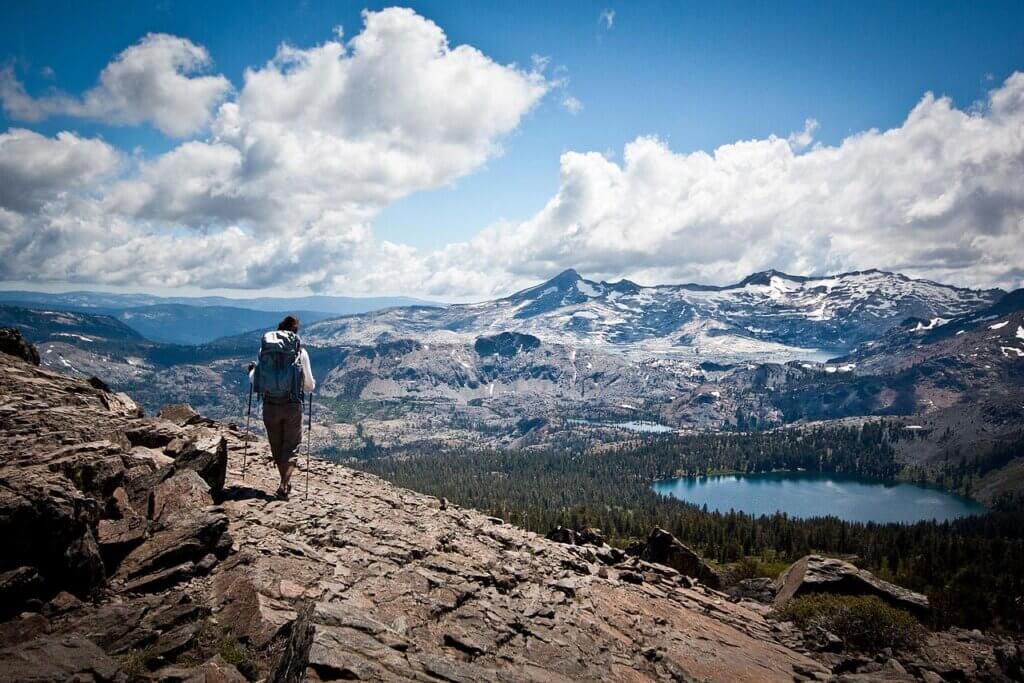
Just west of South Lake Tahoe lies the Desolation Wilderness and more than 63,000 acres of sub-alpine and alpine forest, granite peaks, and glacially-formed valleys and lakes ready and waiting for you to explore.
Whether just for the day or overnight, the Desolation Wilderness provides visitors with a way to experience solitude and appreciate the area’s natural beauty. Enjoy your visit and be sure to Leave No Trace so that future generations may return to enjoy its permanent yet ever-changing beauty.
“Walk away quietly in any direction and taste the freedom of the mountaineer. Camp out among the grass and the gentians of glacier meadows, in craggy garden nooks.” – John Muir
Visit for the Day
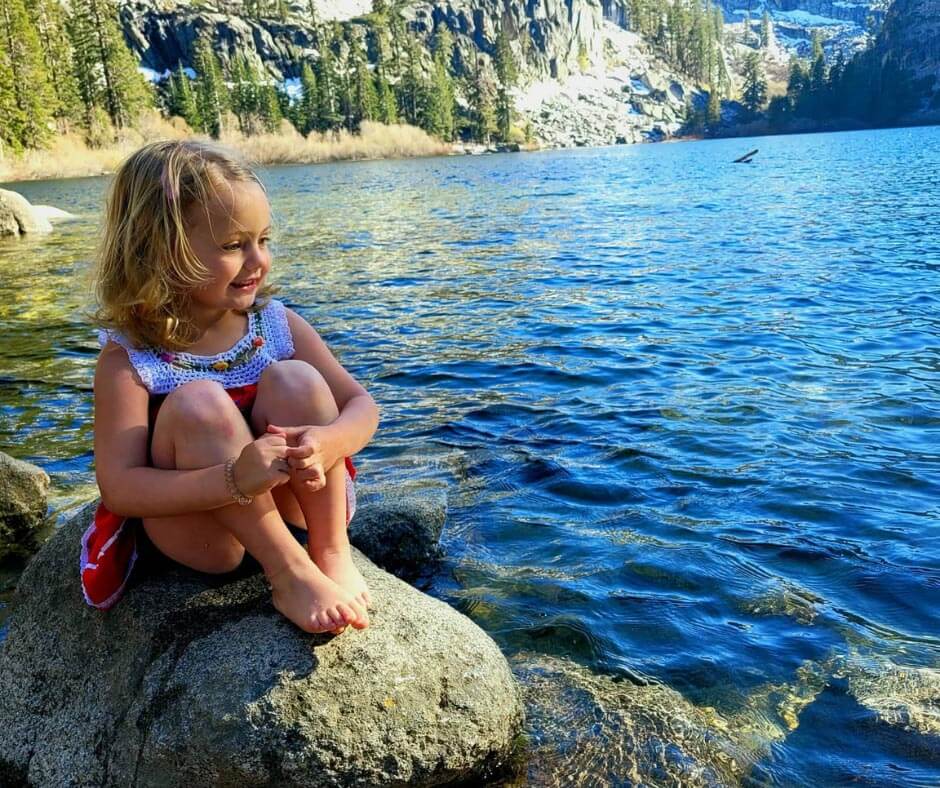
All it takes is four easy steps to start your next adventure in the Desolation Wilderness. After your day of adventuring, be sure to refill at one of South Lake Tahoe’s many eateries and rest up at your choice of lodging options before restarting your expedition.
Step 1: Plan
Parking is limited so plan to arrive at the trailhead early enough to secure a parking spot. Pyramid Creek & Eagle Falls trailheads require a day-use fee for parking.
Pro tip: Set a departure and turnaround time to ensure a safe return to the trailhead before dark.
Step 2: Prepare
Plan your trip from start to finish at home and be sure to tell someone where you’re going, when you’ll return, and who to call in case of an emergency. A little bit of planning ahead of time can make things easier in case your trip doesn’t work out as planned.
Don’t forget to check the weather forecast and be prepared for unexpected changes in weather.
Step 3: Pack
Chances are you won’t find many amenities while exploring the Desolation Wilderness, so we suggest bringing everything you’ll need for your trip. GARBAGE MUST BE PACKED OUT. Leave with everything you brought in and used.
Here are some essential that we suggest every day user brings:
- Water, or water filter (check route for water sources before departure)
- Map & compass or navigation device (not all trails are well marked in Wilderness)
- First aid kit.
- Extra clothing layers for weather changes
- Knife
- Sunscreen
- Hat
- Headlamp
- Bug Spray
- In case of emergency: Nylon cord, whistle, matches
- Food
Step 4: Permit
Day visit permits for the Desolation Wilderness are free! Obtain a permit from the green box located at the trailhead or at one of the ranger stations. Be sure to read all the regulations on the permit, sign it, and display it prominently on your pack. Before you go, fill out the bottom portion, tear it off, and deposit it in the box at the trailhead.
Camp Overnight
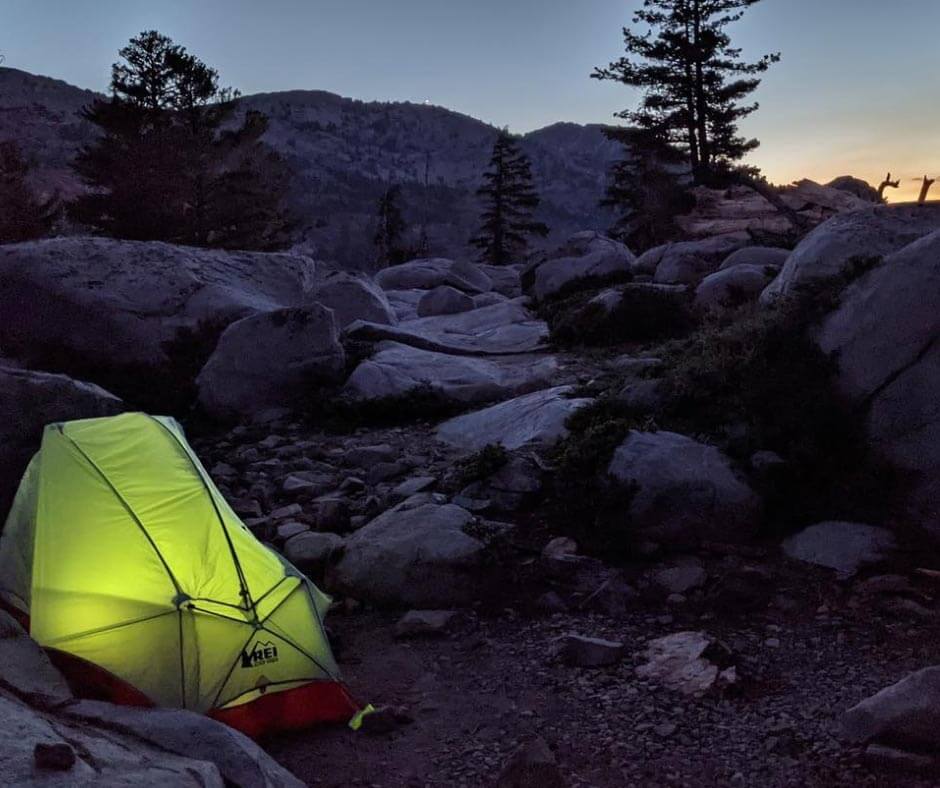
Step 1: Choose Your Destination
Kind of like those “choose your own adventure” books where you flip to page 37 to continue exploring the forest, the Desolation Wilderness is all about the choices you make. To preserve the primitive character and provide opportunities for solitude, Desolation Wilderness is divided into 45 zones with each zone offering unique and different opportunities. Based on these qualities, each zone has been assigned a maximum number of overnight campers per day during the quota season.
Step 2: Get Your Permit
There are two ways to get your permit, online at recreation.gov or in-person at a ranger station. Here are some tips for using Recreation.gov to book online permits for overnight camping.
- When asked “Where?” on the recreation.gov homepage, make sure to search for “Desolation Wilderness Permit”. If you leave off the “Permit” and just search for “Desolation Wilderness”, you won’t be able to access the permit reservation site.
- “Destination Zone” is the place where you will spend the first night of your trip. After the first night, you’re free to roam.
- When you’re 14 days or less from the start of your trip, log back into your account to print your permit. You must have a signed and printed copy of your permit with you for it to be valid. Accessing your permit through a mobile device does not replace having a printed permit. Be sure to read and sign your printed permit. An unsigned permit is not valid.
Step 3: Be Prepared
Plan your trip from start to finish at home. Tell someone when you’re going, when you’ll return, and who to call in case of an emergency. Be sure to check the weather forecast and be prepared for sudden weather changes.
Step 4: Pack
Chances are you won’t find many amenities while exploring the Desolation Wilderness so we suggest bringing everything you’ll need for your trip. GARBAGE MUST BE PACKED OUT. Leave with everything you brought in and used.
Bear canisters are needed for all overnight visits to Desolation Wilderness.
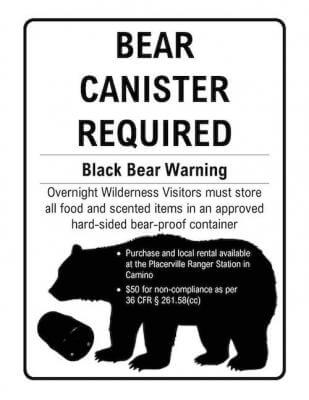
All overnight visitors going into Desolation Wilderness will need to have bear canisters for all food and scented items. Forest Service order No. 03-22-11 s needed to protect the Tahoe bears. They must be approved canisters designed to prevent access by bears. Bears are extremely active in the Lake Tahoe Basin, especially on the west side. Bear canisters are essential for protecting your food, gear, and our Tahoe bears.
Here are some essentials that we suggest every overnight user brings:
- Water, or water filter (check route for water sources before departure)
- Map & compass or navigation device (not all trails are well marked)
- First aid kit
- Extra clothing layers for weather changes
- Knife
- Sunscreen
- Hat
- Headlamp
- Bug Spray
- In case of emergency: Nylon cord, whistle, matches
- Food
- Sleeping bag and sleeping pad
- Tent, hammock, or tarp
- Stove
- Bear canister (available to rent for free at any ranger station) or hang
- Additional warm clothing for nights
- Trowel
Step 5: Hike
Hiking the Pacific Crest Trail or Tahoe Rim Trail? Check out these sites for more information.
Pacific Crest Trail
Tahoe Rim Trail
Step 6: Select a Proper Campsite
Be sure to select a campsite on a durable surface that is at least 200 feet from water, 100 feet from waste, and be sure to bury human or pet waste at least 6 to 8 inches deep.
Wood and charcoal fires are prohibited in Desolation Wilderness to reduce human-caused fires, impacts to vegetation from firewood collection, and to reduce the visual impacts of fire rings and surface scarring.
Wilderness Permits include a campfire permit for propane appliances with an on/off valve.
Preserve the Wilderness
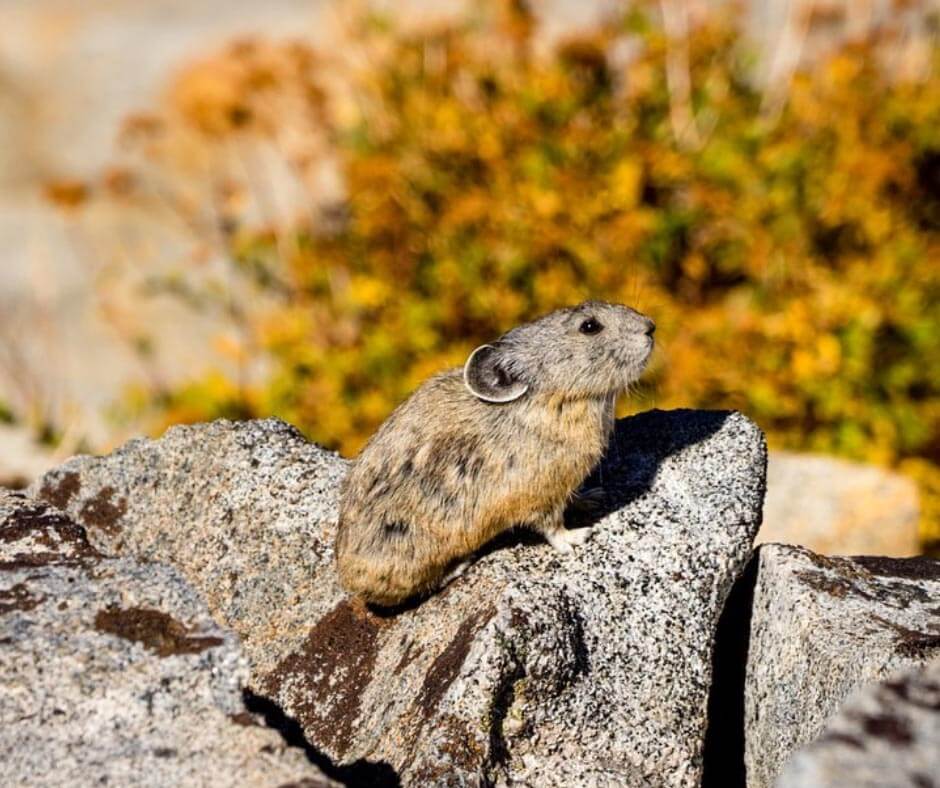
Consider, adopt, and practice these ethics in the wilderness.
Leave No Trace
Please become familiar with and practice Leave No Trace skills such as:
- Plan ahead and prepare
- Travel and camp on durable surfaces
- Dispose of your waste properly
- Respect wildlife
- Be considerate of other visitors
- Respect wildfire restrictions and be fire-safe at all times.
Bears and Food Storage
The most efficient and worry-free way to store your food is in a bear canister. Canisters are available for free rental at ranger stations and have a storage capacity of 10 liters. Store food when you aren’t preparing or eating it, the scent can attract bears and other animals. In addition to food and cooking items, store garbage and scented toiletries in your bear canister or hang.
Be sure to store your bear canister or hang at least 100 feet from your camping area.
Fish
Fishing is permitted in Desolation Wilderness. California fishing licenses are required year round and the normal rules and regulations apply within the wilderness. Check the Department of Fish and Game website for regulations and stocking information.
Tips For Travel
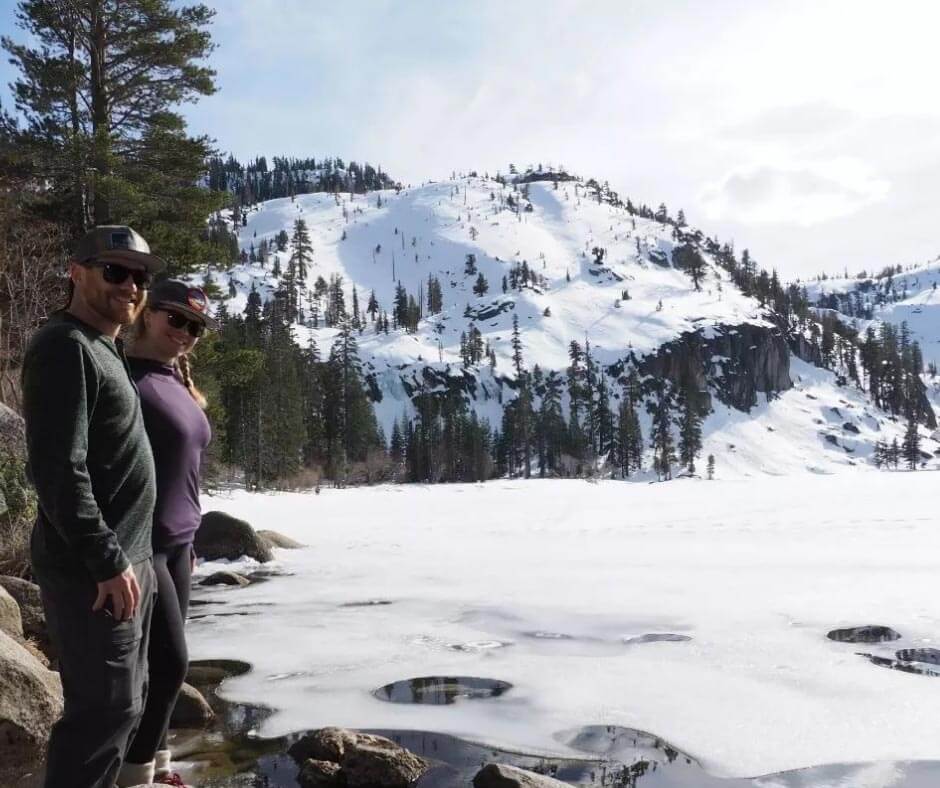
Plan your trip based on the person in your group who has the least skills, physical conditioning, or endurance. A physically fit hiker can generally hike a mile on an easy/moderate trail in 30 minutes. Double that for children and the less fit members of your group.
Do your best to stay on established trails: It’s the best way to avoid causing erosion, widening trails, and trampling sensitive trailside vegetation.
Don’t cut switchbacks: It’s not safe, and erodes slopes quickly.
Bring a friend: If you must go solo, stick to frequently used trails and advise someone of your itinerary and planned return.
History
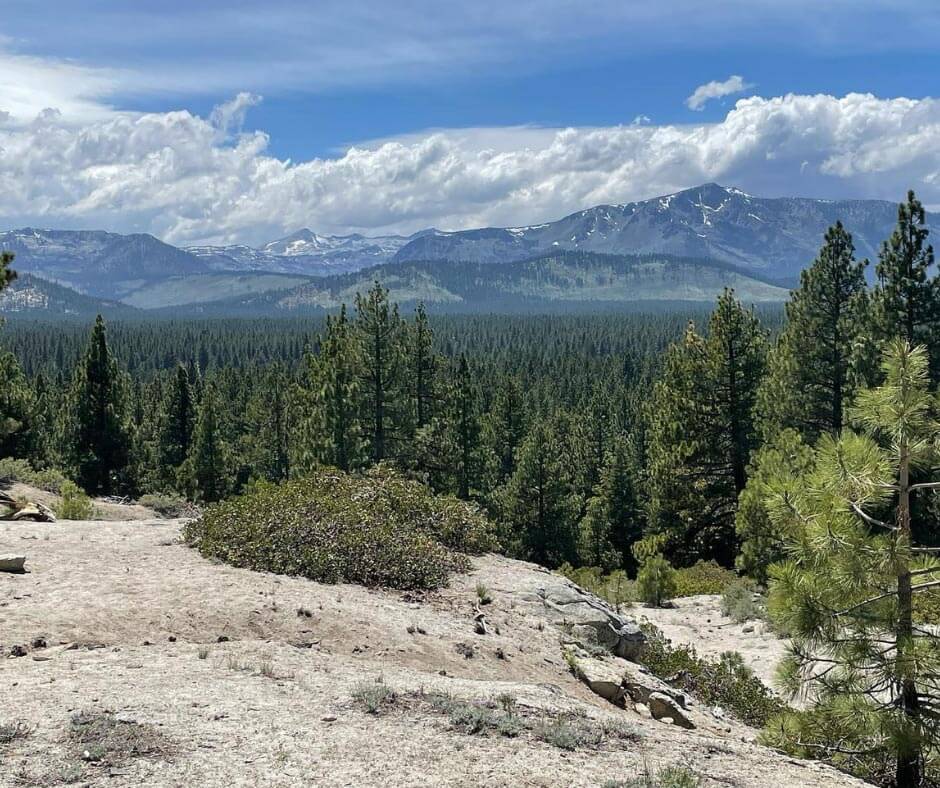
The land which became the Desolation Wilderness was part of the Lake Tahoe Forest Reserve established in 1899. In 1910, when the first tourists were beginning to make their way over the narrow dirt roads of Echo and Donner summits, the area was made part of the newly formed El Dorado National Forest. In 1931, the area was named the Desolation Valley Primitive Area and in 1969 Desolation Wilderness was Congressionally designated and included in the National Wilderness Preservation System. This unique area now totals 63,960 acres of wilderness land which is our to enjoy, protect, and care for. Enjoy your visit and be sure to Leave No Trace so that future generations may return to enjoy its permanent but changing beauty.
To learn more about the history of Lake Tahoe and its people, click here.
Desolation Wilderness
South Lake Tahoe, CA
